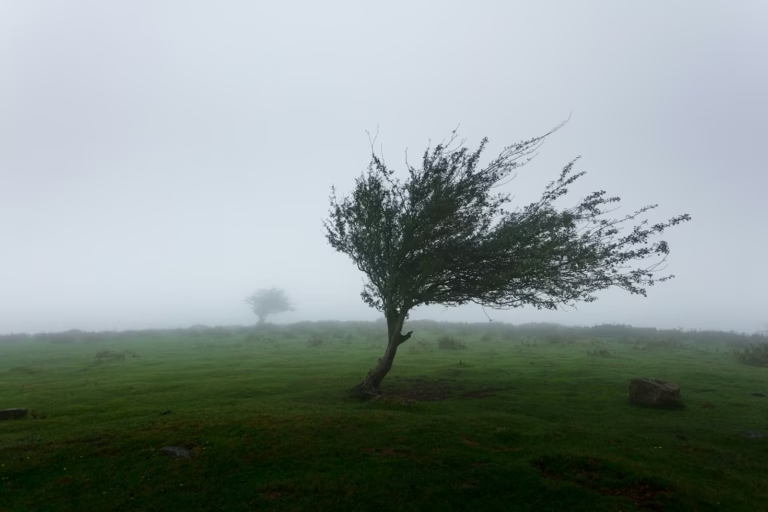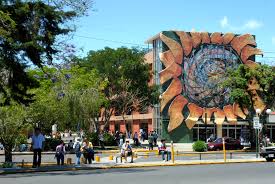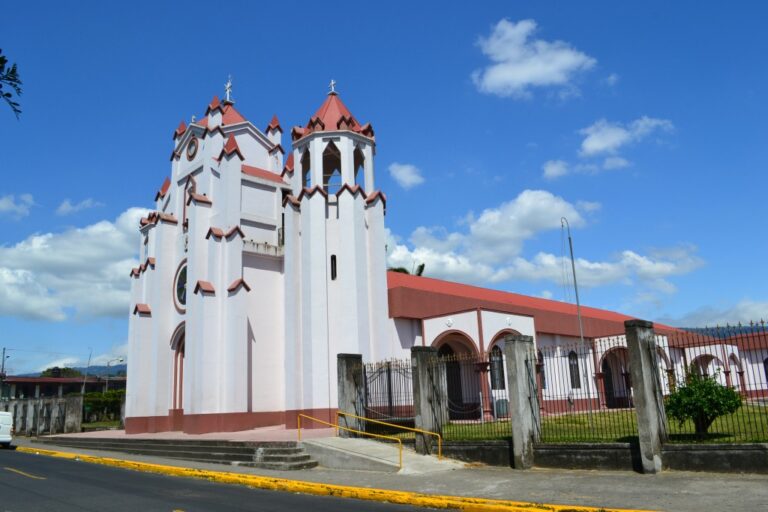Starting this Wednesday, November 26, the national weather pattern will undergo a significant change due to the arrival of Cold Front #4 (Empuje Frío #4).
According to analyses by the National Meteorological Institute (IMN), this phenomenon will bring an increase in atmospheric pressure across the Central American region. This will result in windy conditions, a drop in temperatures, and variable rainfall in specific sectors of the country.
Key Expected Effects
- Strong Winds:
- Moderate to strong wind gusts are forecast.
- Speeds could reach between 40 km/h and 80 km/h (25 – 50 mph). These will be felt most intensely in the Central Valley, the mountain ranges, and the North Pacific (Guanacaste).
- Drop in Temperatures:
- The “feels-like” temperature (wind chill) will be significantly cooler, especially in the Greater Metropolitan Area (GAM) and mountainous zones, due to cloud cover and wind.
- Minimum temperatures are estimated to hover around 12°C – 15°C (53°F – 59°F) in the higher elevations of the Central Valley during the night and early morning.
- Rain and Cloud Cover:
- Caribbean & Northern Zone: An increase in cloud cover is expected, accompanied by intermittent rain and downpours.
- Central Valley: Skies will range from partially to mostly cloudy. There is a possibility of light drizzle (locally known as “pelo de gato”) in high-altitude areas and mountainous sectors (Heredia, Cartago, San José, Alajuela).
- Pacific Coast: The North and Central Pacific anticipate drier but very windy conditions. The South Pacific may see isolated showers typical of the season.
Recommendations for the Public
Given this outlook, authorities recommend the following precautions:
- Wind Safety: Be cautious of falling tree branches, power lines, and billboards. Secure roofs and loose outdoor objects (patio furniture, etc.).
- Health: Dress warmly, particularly children and the elderly, to protect against the drop in temperature and drafts.
- Drivers: Exercise extreme caution on highways, especially on mountain routes such as Route 32 (Zurquí), Cerro de la Muerte, and Route 27. Crosswinds and fog can significantly affect visibility and vehicle stability.
- Air and Maritime Navigation: Small vessels and light aircraft should pay close attention to official warnings regarding rough seas and turbulence.
Citizens and tourists are urged to stay informed through official channels such as the IMN and the National Emergency Commission (CNE) for real-time updates.


















